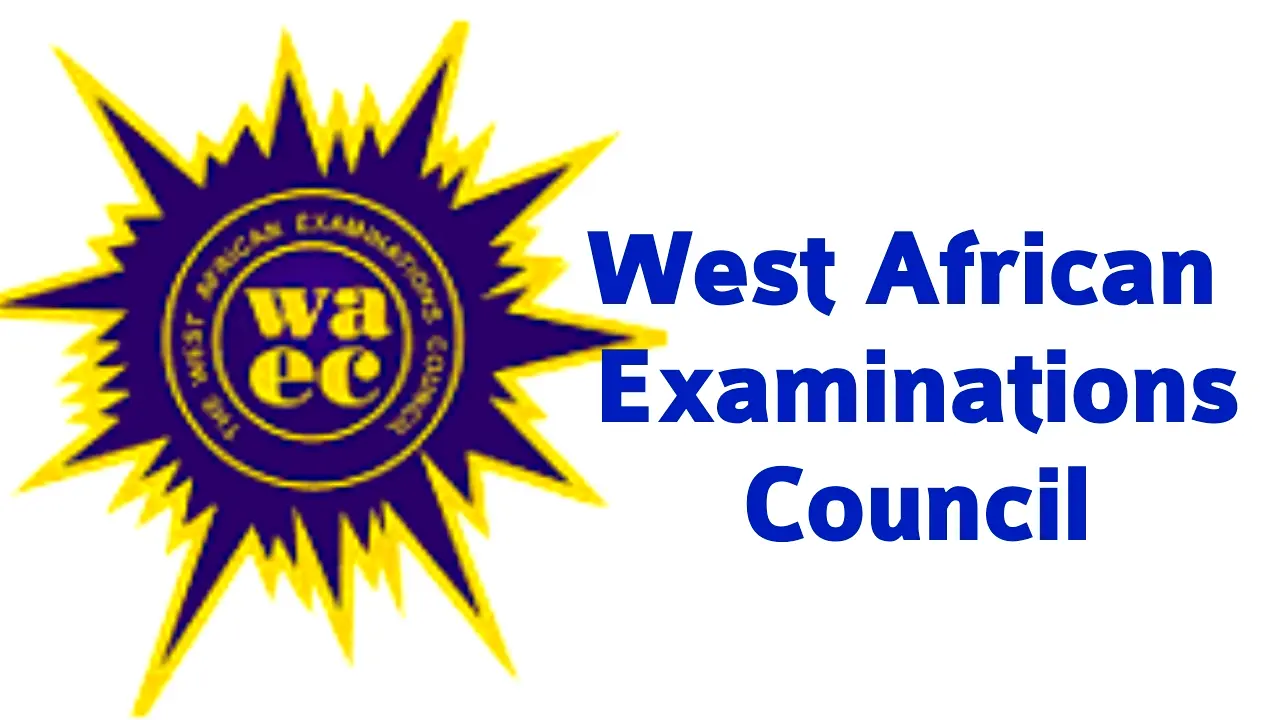The WAEC syllabus for Radio, Television and Electronic Works is the topic you must study to sit for the examination. It contains the aims and objectives, notes and format for the Radio, Television and Electronic Works exam.
Studying the Radio, Television and Electronics Work subject is necessary for your exam preparation. It will serve as a guide for you to know the topics to read. There are also notes on concepts you should pay attention to learning.
Exam preparations without using the Radio, Television and Electronics Works are like going to the farm without your agricultural tools. You will end up not being productive.
Ensure you begin your exam preparations using the syllabus.
This post contains the Radio, Television and Electronics Works and recommended textbooks of the West African Examination Council (WAEC).
Table of contents
WAEC Radio, Television and Electronics Works
Preamble
This examination syllabus evolved from the Senior Secondary School curriculum for Trade Subjects.
It is intended to give candidates insight into the world of Radio, Television and Electronics Works; improve their attitude towards the maintenance and repairs of radio, television and electronic equipment and enable them to appreciate the relationship between science and technology.
Objective
The objective of the syllabus is to test the candidates’ knowledge and understanding of the following:
- Workshop Safety Rules and Regulations;
- Basic Electricity;
- Electronic Tools and Instruments;
- Electronic Devices and Circuits;
- Electronic Communication Systems;
- Workshop Practice and Maintenance;
- Entrepreneurship in Radio, Television and Electronics Works.
Examination Scheme
There will be three papers, Papers 1, 2 and 3, all of which must be taken. Papers 1 and 2 shall be a composite paper to be taken at one sitting.
PAPER 1: will consist of forty multiple-choice objective questions, all of which are to be answered in 45 minutes for 40 marks.
PAPER 2: will consist of six short-structured questions. Candidates will be required to answer any four in 1 hour for 60 marks.
PAPER 3: will be a practical test of 2 hour duration. It will consist of three skill-based questions out of which candidates will answer two for 90 marks.
A list of materials for the test shall be made available to schools not less than two weeks before the paper is taken for materials procurement and relevant preparations.
Alternative to Practical Work
Alternatively, in the event that materials for the actual practical test cannot be acquired the Council may consider testing theoretically, candidates’ level of acquisition of the practical skills prescribed in the syllabus.
For this alternative test, there will be two compulsory questions to be answered in 2 hours for 100 marks.
Industrial Attachment
This should be done by the candidates during the long vacation between their SS II and III course. It will be supervised and assessed by their subject teachers. It will carry 10 marks.
WAEC Radio, Television and Electronics Works Syllabus
Workshop Safety Rules and Regulations
- Sources and Prevention of Hazards
- Safety Checks in Servicing Radio Receiver
- Safety Precautions in Television Workshop
2. Basic Electricity
2.1 Structure of matter
2.2 Conductors, insulators and semiconductors
2.3 Current, voltage and resistance
2.4 Electronic components
2.5 Resistors and Capacitors
2.6 Kirchhoff’s Current and Voltage Laws
2.7 Diodes and Transistors
2.8 Battery
2.9 Ohm’s law
2.10 Electric power
2.11 Direct and Alternating Current
2.12 Alternating waveform
3. Electronic Tools and Instruments
3.1 Electronic hand tools
3.2 Electronic measuring instruments
3.3 Fault Finding Equipment
4. Electronics Devices and Circuits
4.1 Meaning of Electronics and Electronic circuit
4.2 Concept of emission and photoelectric devices
4.3 Semiconductors devices
4.4 Power Supply Unit
4.5 Amplifiers
4.6 Resistive, Inductive, Capacitive (RLC) circuits
4.7 Feedback
4.8 Oscillators and Multivibrators
5. Electronic Communication Systems
5.1 Electronic Communication Systems
5.2 Electromagnetic spectrum
5.3 Transducer
5.4 Modulation and demodulation
5.5 Radio transmitter and receiver
5.6 Selectivity and sensitivity
5.7 Resonant circuit
5.8 Satellite Communication Systems
5.9 Television Transmitter
5.10 Image and Sound Reproduction in TV receiver
5.11 Monochrome Television Receiver
5.12 Principles of operation of Colour Television Receiver
5.13 Principle of Colour Signal, Transmission and Reception
6. Workshop Practice and Maintenance
6.1 Soldering and Desoldering in Electronic Circuits
6.2 Electronic Repairs
6.3 Fault finding and repairs in radio receiver
6.4 Electronic Measuring Instruments
6.5 Diagnosis and Repair of Black and White TV Receiver
6.6 Diagnose and Repair of a Colour Television Receiver
7. Entrepreneurship in Radio, Television and Electronic Works
7.1 Business Management and Finance
7.2 Customer Relations
7.3 Business Opportunities in Radio, TV and Electronics works
Facilities and Equipment
LIST OF FACILITIES AND MAJOR EQUIPMENT/MATERIALS REQUIRED
- Screw drivers
- Diagonal cutters
- Soldering gun,iron and lead
- Desoldering tools
- Pocket knife
- Stripper
- Semiconductor diodes
- Digital and analog multimeters
- Loudspeaker, microphone
- Cathode Ray Tube/LCD
- Nose pliers
- Old electronics panel
- Resistors, capacitors, inductors, transistors
- Vero board/breadboard
- D.C. power supplies
- Transformers
- Radio and television sets
- Oscilloscope
- Signal generator
- Magnifying glass
- Pattern generator (TV)
